This page contains affiliate links. Please read our disclosure for more info.
To celebrate the launch of Trail Wallet 2.0, the major update to our travel budget app, it’s Travel Finance Week on Never Ending Voyage.
In the past we’ve often shared our travel costs for travelling around certain countries or living in different cities, but that doesn’t give you the whole picture of exactly how much is costs to live as digital nomads, working and travelling around the world. In this post we’ll share our total expenses for the last 3.5 years since we left the UK to travel permanently in March 2010.
Our annual expenses are broken down into four main areas:
- Daily Expenses – These are our day to day living costs including accommodation, food, in country transport, and low cost activities.
- Flights – Domestic and international flights.
- Extras – This includes insurance, visas, doctor visits, new passports, and major activities like Spanish courses and multi day tours.
- Business – These expenses aren’t related to travel but to running our online business. They include technology (laptops, hard drives, iPhone, camera), website hosting, domains, software, and cloud storage.
These are our expenses for each year (including the first half of this year) of our travels. This is for two people in British pounds (with the totals converted into dollars at the current exchange rate in the last column).
| Daily Expenses | Flights | Extras | Business | Total (GBP) | Total (USD)1 | |
|---|---|---|---|---|---|---|
| Year 1 | £13,865 | £2,567 | £2,021 | £1,097 | £19,550 | $31,280 |
| Year 2 | £13,588 | £4,230 | £1,950 | £1,668 | £21,436 | $34,298 |
| Year 3 | £16,912 | £3,345 | £1,029 | £3,606 | £24,892 | $39,827 |
| Year 42 | £7,090 | £1,552 | £14 | £3,463 | £12,119 | $19,390 |
1. Exchange rate as of September 2013
2. First six months only
Our aim has never been to travel on a rock bottom budget. This is our life, not a time and budget limited trip, and we want to enjoy it. We are fairly careful about money but still manage to go where we want to go and do what we want to do. Our comfort level has increased since the first year as we now rarely stay in hostels (preferring apartments, boutique hotels, and family-run guesthouses) and we’ve started spending part of the year in more expensive countries. Our income has also increased so we feel more comfortable spending money. That’s reflected in an increase in our spending—up just under 10% in Year 2, and 16% in Year 3. If we continue spending at this year’s current rate we’re on track to spend about the same as Year 3 (update: we ended up spending slightly less).
Interestingly we have spent less each year than we did on our year-long round the world trip in 2007-8 which is due to the fact that we travel much more slowly these days in order to balance work and travel.
To give you a better idea of what we spent our money on here’s a breakdown of each year (click on the orange links for more detailed country budgets).
Year 1 (March 2010-February 2011)
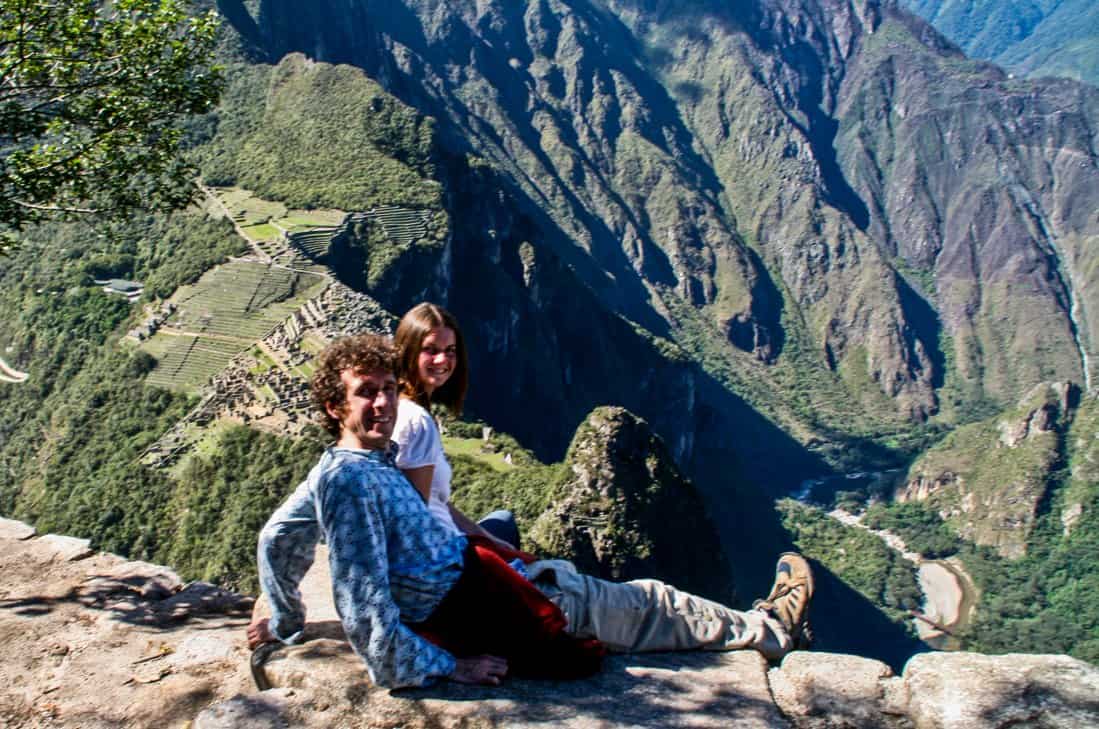
We spent the entire first year in South America travelling from Brazil to Argentina and all the way up the continent to Colombia where we flew to Panama. You can see a more detailed breakdown of our spending per country in our South America budget. Here I’ve also included our flights from the UK to Brazil, and our travel and gear insurance. Our business expenses were much lower in the first year and were mostly one off items like a new Eee PC laptop, iPod Touch, Kindle, and hard drive.
Year 2 (March 2011-February 2012)
We started in Central America (Panama and Costa Rica) and then flew up to the US and on to Canada, back to the UK in the summer and then Asia: Hong Kong, Japan and Thailand. We had house sits for part of our time in the US and Japan so that helped to keep costs down. We lived in Chiang Mai for five months where you can have a high quality of life for a reasonable price, and slow travel is really much cheaper than moving around all the time.
As we flew a lot that year our flight costs were the highest yet, and we made the expensive mistake of booking a return ticket from Vancouver to London and then having to waste the second half of the ticket when our plans changed. We don’t book anything that far in advance any more.
Extras included white water rafting in Costa Rica, a week at Disney World with car hire in Florida and a couple of days at Disney in Japan (it was a fun year!), Thai visas and extensions, Burmese visas, and a few trips to the doctors in Chiang Mai.
Business expenses were up because I upgraded my Eee PC to a Macbook Air (so worth it!).
Year 3 (March 2012-February 2013)
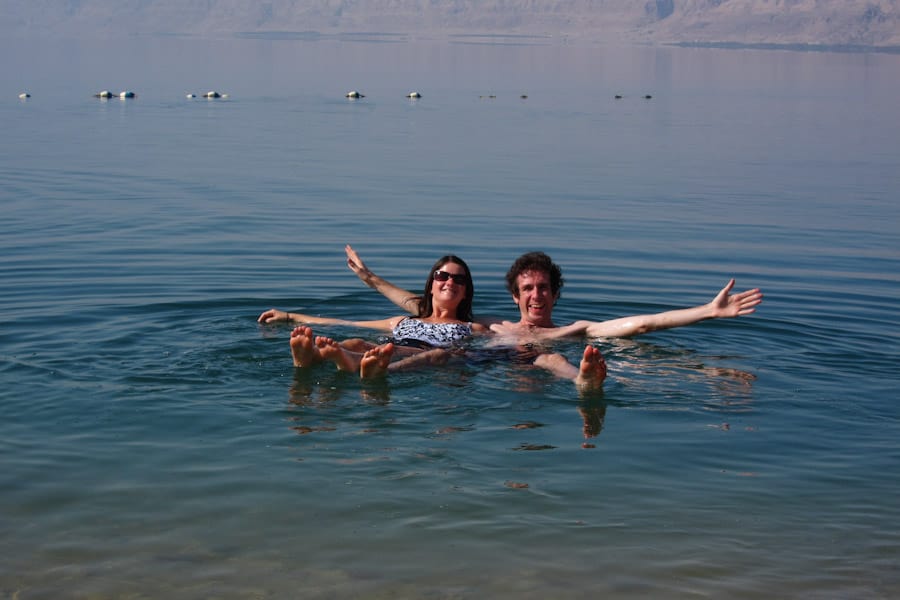
Our third year as digital nomads began in Chiang Mai and we travelled to Burma, the Thai Islands with a side trip to Malaysia, and then spent the summer in Europe visiting the UK, Italy (twice, including a month in Tuscany), Belgium, and Portugal (including living in Lisbon for a month). We spent a month in Jordan and Egypt, took a quick trip to London and Miami, and ended the year living by the Caribbean for three months in Playa del Carmen, Mexico.
Spending five months in Europe and the Middle East (Egypt wasn’t as cheap as we’d hoped) meant that our daily expenses were definitely up this year and overall we spent 16% more than in year 2. Our travel expenses would have been even higher but in year 3 we started doing more sponsored travel either where tourist boards paid for our trips (Belgium, Jordan, and the Douro Valley in Portugal) or we worked in partnership with apartments, hotels and tour companies and received complimentary or discounted rates in exchange for writing about our experiences. This helps reduce our expenses and allows us to do things and visit places that we wouldn’t otherwise be able to, but the majority of our travel isn’t sponsored.
Extras included insurance (we now use True Traveller), doctors visits, Simon’s rabies vaccinations, and a new passport.
Business expenses were high because Simon upgraded to a 15 inch Macbook Retina (which he loves) and bought an unlocked iPhone 5. Our regular monthly business expenses have increased as our site has grown and we had to upgrade our hosting to a VPS (from a shared to virtual private server), pay for the Amazon content delivery network, and for Mailchimp which manages our newsletter. We also started paying a monthly fee for Adobe Creative Cloud which gives us access to software like Photoshop and Lightroom. We pay $99 a year for the iOS developer program so we can develop and sell our apps.
Year 4 (1st 6 months) (March 2013-August 2013)
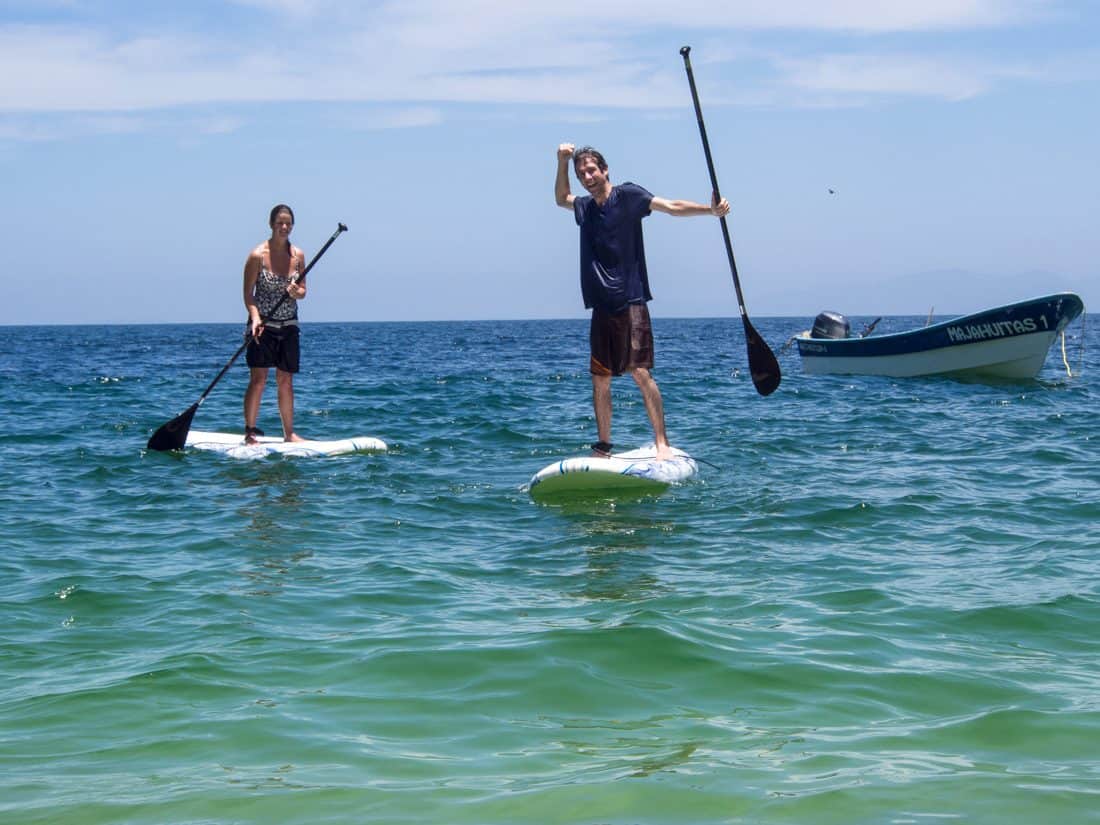
During the first half of this year we travelled to Cuba, central Mexico, and then settled for another three months in the tiny Mexican beach town San Pancho, which again showed how affordable slow travel is. In July we spent a few weeks house sitting and staying with a friend in San Francisco, and did a week-long road trip to Sonoma County and Yosemite National Park. In August we visited the UK and started our cross-Europe train trip in Paris, Munich and Slovenia.
If our spending continues at the same rate for the second half of the year we’ll spend about the same as we did in year 3. That will all depend where we decide to spend the winter—we’re currently in Sicily and have no idea where we’ll go next.
Again business expenses are much higher because of our increased regular expenses and also because we went a bit crazy in the US. I bought a new camera and lens (a mirrorless Olympus OMD-EM5 to replace my seven year old SLR), and the file sizes were so big I promptly ran out of space on my Macbook Air and had to upgrade. Simon also bought an iPad mini—it was an expensive month!
Update: for a complete breakdown of what we spent see our Year 4 digital nomad budget.
How We Track our Expenses and Manage Our Money
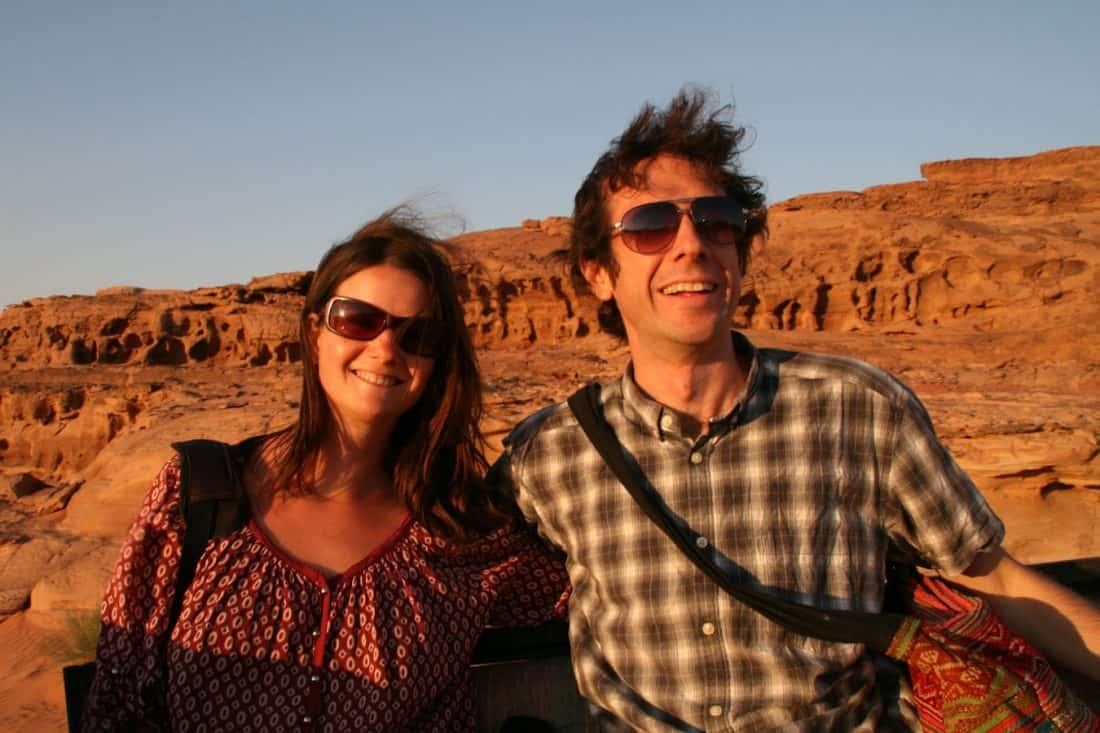
I used to track our expenses by trying to remember what we’d spent and entering it in a spreadsheet at the end of each day. It was quite a frustrating exercise which is why Simon created our Trail Wallet iPhone app, so that we had a quick and easy way to track our expenses while we were out and about. I’ve been using that for a year now and we’ve been really pleased that other travellers have also found it useful and there are now thousands of fellow Trail Walleteers.
This week we launched Trail Wallet 2.0, a major update to the app with lots of new features like the ability to track your expenses by trip (with your own dates) as well as by month. As well as creating a trip for each place we visit I’ve also created a trip for “extras” to keep track of the expenses that aren’t location specific.
I also have a spreadsheet that tracks our income and summarises our expenses in the way we’ve shared above. On the first of each month I check every bank balance, plus our paypal accounts and the amount of cash we have on hand, and enter the totals in another spreadsheet so I have a clear picture of exactly how much money we have. It’s a good idea to check internet banking regularly anyway for any discrepancies.
We have multiple credit and debit cards in case we lose any, plus some emergency cash. We manage everything by internet banking.
You can read a more detailed post about how we manage our finances while travelling.
Our Income
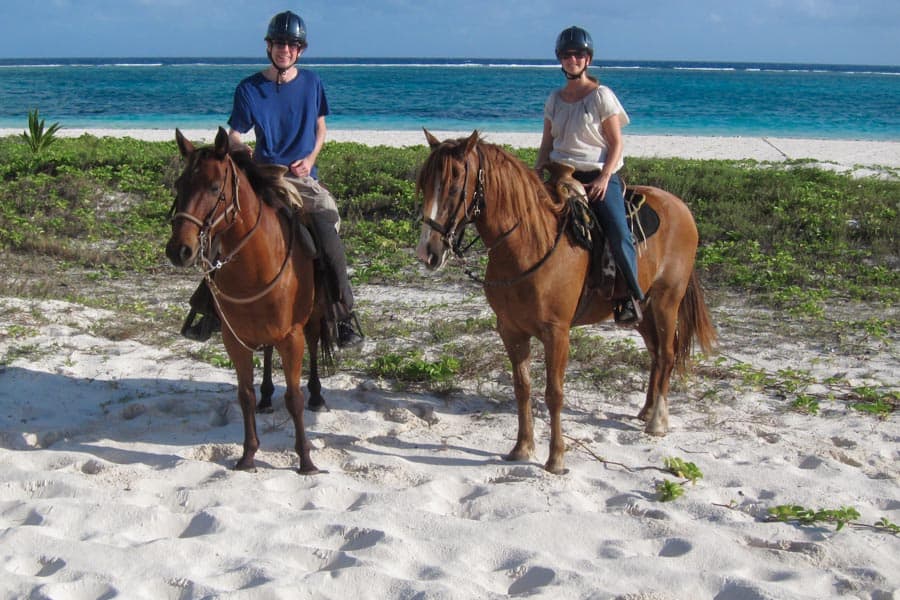
Before we left the UK we hadn’t yet started our online business so we saved enough to keep us going for the first year—we saved 75% of our joint income for nine months. Although we didn’t need most of our savings in the first year we have needed that safety net as our earnings vary each month. Our income has increased each year—we almost broke even in year 2 and finally did in year 3. We choose to work on things we love rather than things that would make us more money. We don’t earn a huge amount but it’s enough to cover a fairly comfortable life of full time travel and we love our life, so we’re happy with that.
We earn our living online. Simon started out doing freelance web design and development, but gave up client work this year to focus on creating our own iPhone apps. We also earn money from this site and from the rent on a house we still own in England (we couldn’t sell it unfortunately). See this post for more details on how we fund our travels.
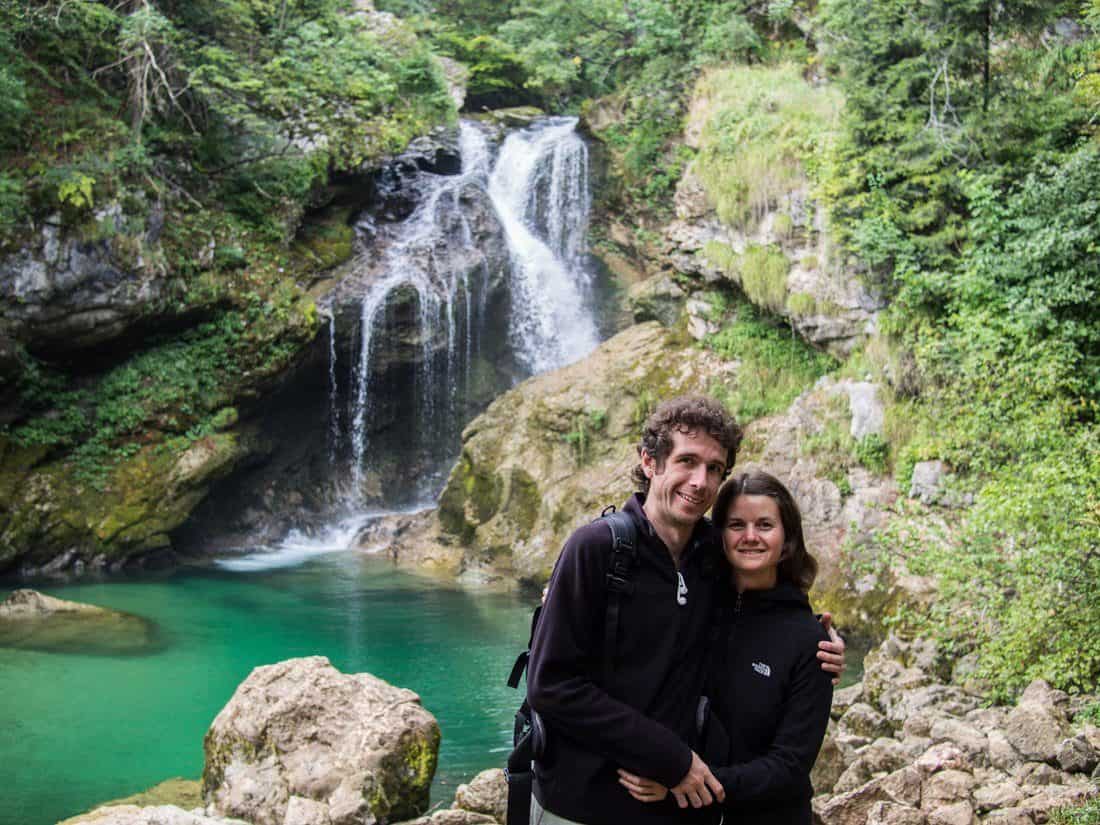
We hope you’ve found this post useful and that it’s given you an idea of how much it costs for a couple to live a nomadic life working online as they travel the world. We certainly could travel more cheaply—by housesitting more, avoiding expensive countries, choosing cheaper accommodation, travelling more slowly, spending less on good food—but this isn’t a trip, it’s our life and we’re living it the way we want to.
We’re constantly amazed and grateful that we’re able to live a life of travel, that despite a modest income we can live by the Caribbean in Mexico and in the Tuscan countryside, we can spend our time scuba diving in Thailand, learning to cook in Japan, white water rafting in Slovenia, and eating our way around Italy. Living nomadically makes this possible because we’re not tied down with regular expenses like car payments and electricity bills, and we have the flexibility to adapt our lifestyle and spending to our income. If we need to save some money we’ll live in Thailand for a while, if we’ve got the cash why not temple hop around Japan or go wine tasting in California? The freedom our life gives us is priceless.
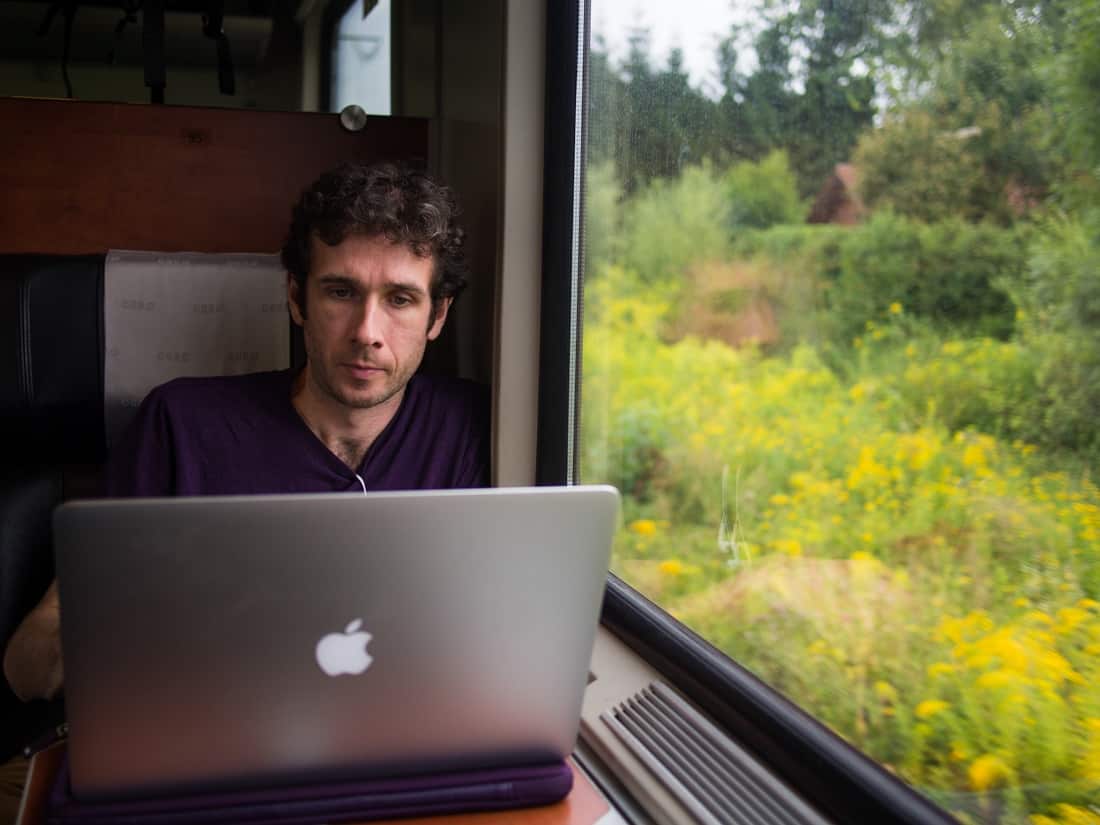
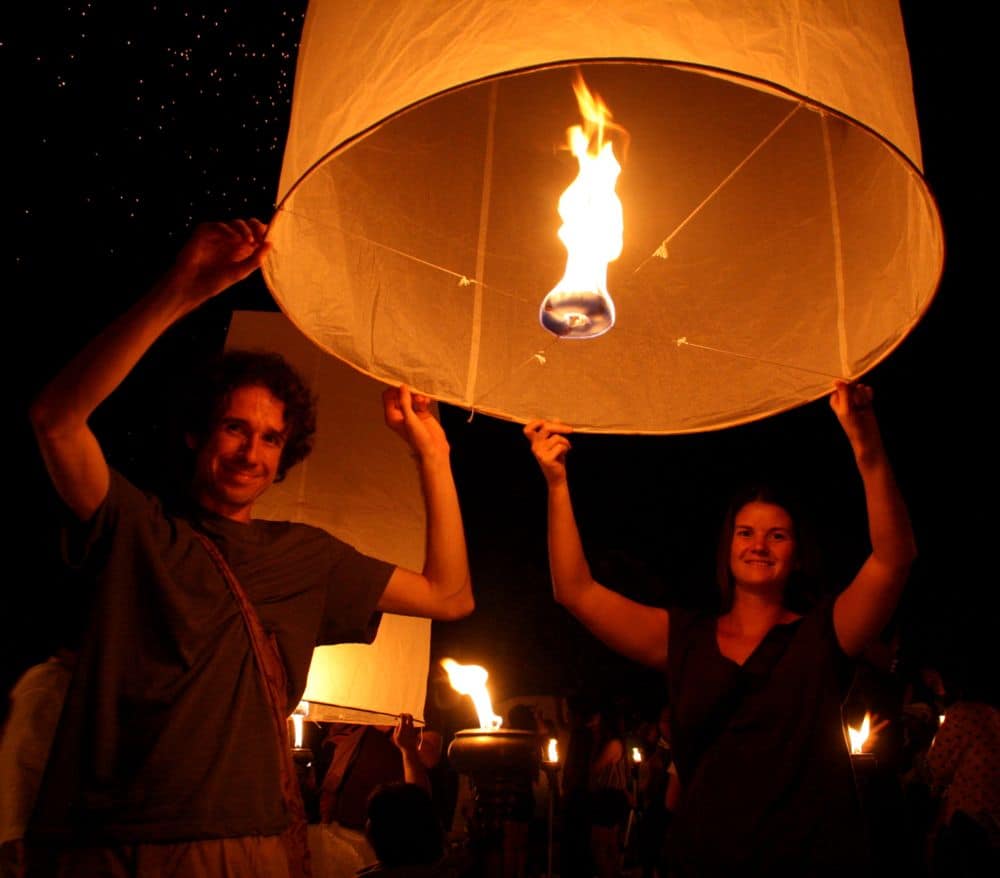
Love the site guys! I bough the farpoint osprey after reading your review and it’s a much better fit for me. I was wondering on the tech side of things, how do you back up your laptop? I’m planning an around the world trip and plan on taking a Macbook air and an external drive. But I’d also like to back up my photos online somehow. I will be taking a ton of photos and videos as I am a photographer. Any advice would help! Thanks!
An external hard drive and an online backup is a good idea. We used to use Sugarsync but have just switched to Blackblaze which backs up your entire hard drive (or you can exclude some folders) for $5 a month. The first backup takes ages so I’d start it before you leave and then it’ll be quicker to backup new stuff as you go.
Thank you so much for the reply! I appreciate it. I was actually looking at Blackblaze. I also was checking out Dropbox as well. Do you like Blackblaze so far? I turned away from it because of the reviews. I’ll take a look at it again. Thanks.
It’s super simple- no problems so far. It’s taking ages but that’s because of our internet connection. We have a free Dropbox account to store some things as well.
I have been traveling for 2 years now and I am so ready to make it a lifestyle instead of “just a trip”. THANKS for your amazing website!
Very inspiring. just wondering if you choose to outsource the client work instead of giving up it would be another source of income or something like that… btw what’s next on the destination chart?
Yes, that would be a sensible thing to do but honestly we didn’t want the hassle. Plus Simon is a control freak :)
We’re in Spain at the moment then heading back to the Uk for a short visit then on to the US.
Rediscovering your blog at the moment and I must say I’m amazed at how low your daily spending is!
I have recently discovered (on New Year’s Eve, of all days) your adventures. How did you get involved in the work that you do online to support yourselves as you travel? Maybe I haven’t found that part of your story yet. Best wishes for a fantastic 2014. I will look forward to reading about your continuing journey.
Hi Marlene,
Happy New Year!
These posts explain it: http://www.neverendingvoyage.com/digital-nomads-getting-started/
http://www.neverendingvoyage.com/how-we-fund-our-permanent-travels/
Great blog! Well done and thanks for sharing your stories!
What a neat post! I’ve been traveling solo for three years but haven’t really kept track of things. Did you guys record everything or kind of go over bank statements and such to figure it out? Thanks for sharing!
There’s a section in the post about how we track our expenses. We do track everything.
Great post! The first comment cracked me up though!!! Props to you guys for your hard work and committment to living the life YOU want. Sometimes I wonder myself how I can earn under the poverty line and be living the life of my dreams!! But the truth is when I changed my spending habits, saved some money and got out of debt, I was immediately financially free. I think this sort of life has less to do with how much we make and more to do with changing ingrained spending habits, at least is was for me. Onwards and upwards!!! :-)
That’s a great point Sarah. We made loads of sacrifices in order to save up and kickstart this lifestyle, and we broke a lot of old habits like buying stuff (well, except for certain electronic items). It was completely worth it to have this freedom. It’s more about spending your money on what’s important to you.
Great post, taking three years of data like this is very interesting and gives an extremely accurate view of exactly what it costs to live on the road comfortably and do most anything you wish. $40,000 a year is what I will be walking around with in my head from now on :-) thanks
I always love reading budget posts, and just wanted to say thanks for being so transparent! I think laying everything out really helps others for when they’re planning their own travels.
Your life is so exciting and I’d like to do the same with my husband and my son!!
Good luck and I’m looking forward to reading your post about Sicily!!
Awesome sharing guys… and it helps so many people see that you can have a totally abundant comfortable life on the road, and still be within range for most who are paying mortgages/rents/commute, etc.
We’re now going into our 8th year of perpetual travel ourselves.. however we have a different style. We travel via RV across the USA, enabling us to focus on what’s important to us. Our costs are similar on an annual basis if we include things like the technology to run our business (also app developers).
One day we’ll get back to international travel.. but for now, we really dig being able to travel and always be sleeping in our own bed. :)
I have followed you and admire your work and love the way you see the world..while discovering new places and meet new people..Truly inspiring!!!
Thanks Madeleine!
Awesome! We have been adding up our first yearly spending and we’re roughly at about $24,000. We did spend 5 months of the year in Thailand which kept it pretty low. We have been using the trail wallet app recently also so thank you for making life that bit easier for us! :)
That’s really good going guys. Thailand is a wonderfully affordable place especially considering it has a good infrastructure (wifi, apartments) for digital nomads too. We’ll definitely be back there. Glad Trail Wallet is helping too!
Congratulations, you guys! Ever since Tony & I started dreaming about taking a year to travel the world and discovered your blog, you’ve been such an inspiration for us. It’s just been so helpful, comforting, and informative to see you guys living your lives so happily and successfully as digital nomads, especially as our own travel dreams evolve. We’ve just recently decided that we’d like our trip to become more of a lifestyle rather than a one-off and have begun to brainstorm options for ways to make this way of life stick. It’s nice to know that even though we all have our own paths to walk, we don’t have to do it alone!
Thanks for your lovely comment Steph. I’m glad we could help a little and good luck with creating your own travel lifestyle. I hope we cross paths somewhere in the world soon!
This is so interesting. I am surprised at how little you actually spend for two people and not living in hostels all the time. Very impressive and inspiring!
We definitely could travel on less but that’s not really our style. We actually find renting apartments to be much cheaper than hostels for a couple, especially if we rent for 1 month+.
This breakdown is so inspiring, as well as being informative! To see how cheap it can be to live nomadically, as well as remembering all the amazing places you’ve seen and stayed, really makes me want to push myself in this direction… I know so many other people will benefit from reading posts like this too.
Also I am an avid Trail Walleteer- I love it! Such a simply but innovative idea.
I’m so glad you found it useful Jade. We hope we can encourage others to pursue this lifestyle if that’s what they want, and not be held back by the idea that travel has to be impossibly expensive. Glad you like Trail Wallet too!
How refreshing to see some hard numbers showing that your annual budget is a bit less than what we are currently living on. We believe, for the time being, that our current streams of income will be reduced slightly but should maintain our lifestyle while on the road. As well, we are working on alternate streams of income which eventually will replace some of the current one.
We are preparing to begin our nomadic lifestyle in the next few months. We will be traveling in US, possibly Canada and Mexico in a travel trailer to begin with. Our long term plans include lots of international travel as well.
Thanks for the transparency and motivation that you provide future nomads.
Good luck with the new lifestyle Nancy, it sounds like you are in a great position to go nomadic—certainly better than us as we had no income when we set off!
You two are constantly inspiring me. I really appreciate the frankness with which you talk about earning and spending money, partly because it’s not commonly accepted as socially ‘normal’ to do so in every day life, but it seems it is also becoming stigmatised among travel bloggers. And that’s a great shame, because to inspire other people to live lives of travel, it is entirely necessary to talk about the numbers. Rock on!
Thanks Sam! It’s always a bit nerve-wracking to share so much detail but comments like yours make us glad we do it.
You guys have been SUCH an amazing inspiration to us as we plan to embark on our own long term/ life long traveling lifestyle. Thanks for a great recap of just how you make it work.
Thanks Rhonda and good luck on your own adventure.
YES! I LOVE this post. It’s super relevant for us, since we’ve justed started our lives as digital nomads. We’re hoping to reach Mexico in November, and just seeing your budget helps more than you know. :) After following you for some time, I think I can say that we have a very similar way of traveling. Not too budget and with some fun thrown in. Love it. :)
So thank you a lot! As you already know from our blog, we use Trail Wallet and love it. The update is great too! Thanks a lot! :D
And btw, I LOVE how you say that this isn’t a vacation or a short trip but a lifestyle. I’m finding it difficult to get advice from friends, since they’re always like “hey, why don’t you just stay at this hostel?”. Well, we’re not budgetting our way through Europe, this is our life, and we don’t want to sleep in a dorm for the rest of our lives! People really can’t understand how this is different. And so it’s nice to have you – virtual friends – give us the advice we need :)
Enjoy Sicily! Hope the weather is better than what we had last week in Rome. :)
I’m so glad you found it useful Celia and thanks for all your support of Trail Wallet! I completely agree that it can be hard for friends to understand how different things are when you have to work while you are travelling. It’s always nice to meet up with other nomads who have similar lifestyles so hopefully we’ll cross paths at some point.
The weather in Sicily is perfect thanks—just got back from the beach!
It’s great to see you having a lovely time. However, your phrase “tied down by car payments and electricity bills” suggests you see choosing to live in one place as somehow inferior. I would just say that my “car payments and electricity bills” are a small price I pay for living in a place I like around people I like doing a job I like.
The world is yourself and other people; it’s not necessary to keep moving in order to explore it.
I didn’t mean that a settled life is inferior, I was just making the point that because we have very few regular outgoings it enables us to travel without earning a huge amount. I definitely don’t think a nomadic life is for everyone and there are many other ways of leading a fulfilling life, this just happens to be the way that makes us happy.
Ohhh, smell that? That smells like jealousy, not you I mean me. Those car payments, electricity bills and limited time to actually live your life sound like so much fun, I mean that’s why there are so many blogs about car payments and electricity bills right? Right?
Great post guys, I am always interested to see how other people manage the fun vs expenditure conundrum.